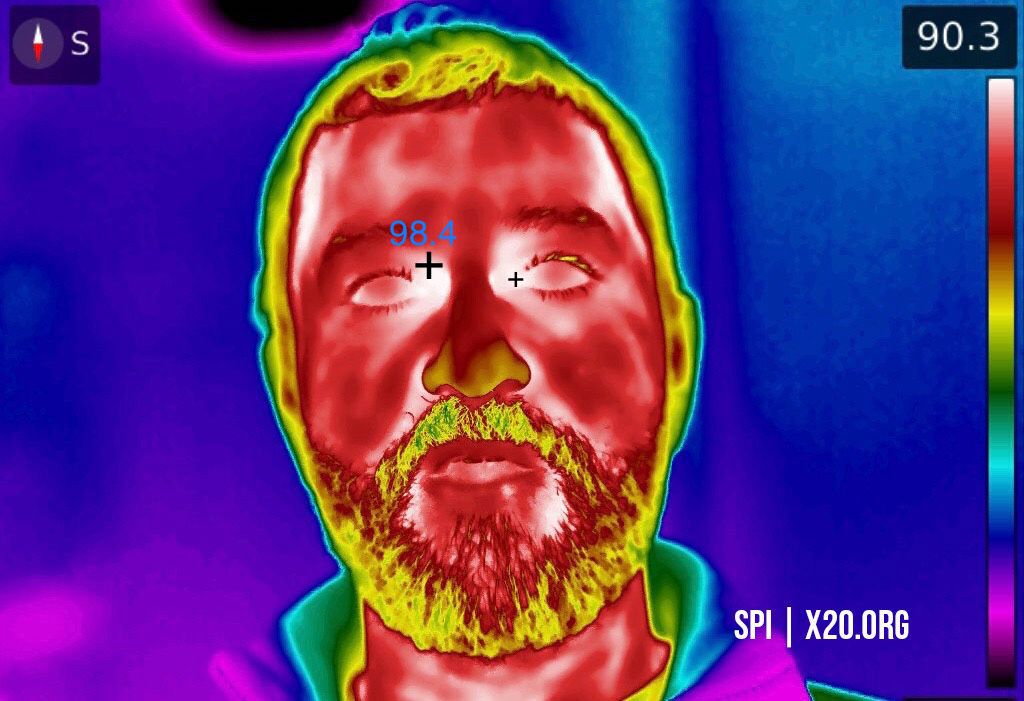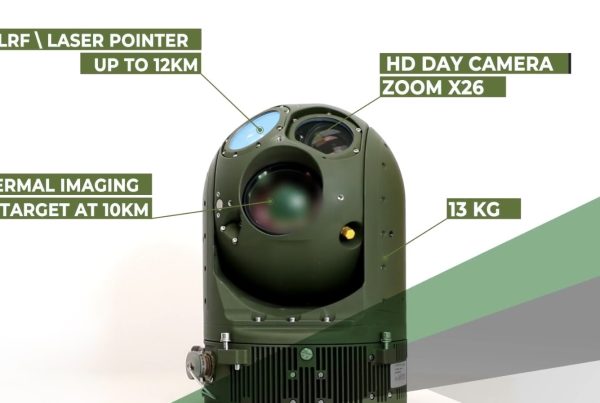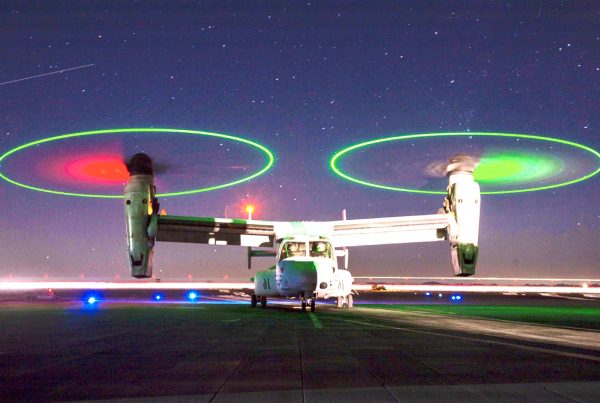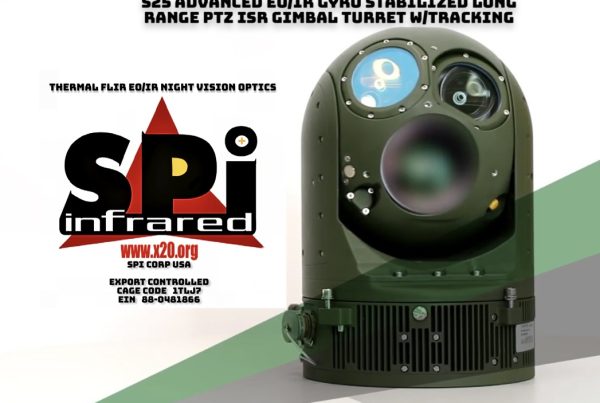As the country reopens, you might start seeing more real-time heat maps that could find sick people before they know they are sick. And in a post-quarantine world, you might start having your temperature taken. A lot.

A fever is one indicator that someone may be exhibiting coronavirus symptoms, and the Centers for Disease Control and Prevention recommends temperature screenings in a variety of environments, including schools and businesses.
As shelter-in-place restrictions vary across many cities and counties around the country, officials have begun buying technology like infrared cameras in the hopes of helping track and contain the spread of the outbreak.
When the pandemic took hold, I started seeing more and more companies like Amazon using this technology to help identify sick people in their warehouses. Thermal imaging cameras are beginning to appear in Subway restaurants. Carnival Cruise Lines, whose ships became hot spots for the virus’s spread, said all passengers and crew would be screened when it began sailing again.
The rapid adoption of infrared technology had me wondering how helpful it could be. Several systems are being rolled out, including thermal imaging flir camera-based ones and others that make people walk through thresholds like metal detectors. Could they actually help contain the spread of the virus while we wait for a vaccine?
A Harris Poll conducted in late March, just after the majority of the shelter measures went into effect across the United States, found that 84% of respondents favored mandatory health screenings to enter public places.
Maplewood is part of Essex County. There have been more than 18,000 confirmed cases in the county and more than 1,700 related deaths. But like many places in the country, Maplewood is opening back up — albeit mostly outdoors. Streets once filled with cars are now partly filled with outdoor seating for restaurants.
Here’s how to understand thermal infrared images: Imagine one image shows a woman who ordered something warm to drink. The waitress hands her a bright white cup. A second image shows a woman nearby eating ice cream. The ice cream is dark blue. It means that white equals hot and dark blue equals cold.
So, does it work like that? Yes, but it’s not so simple.
Even a working infrared camera system won’t detect many people who may have the virus but aren’t exhibiting symptoms.
But equally important is how the cameras are used.
A hypothetical situation goes something like this: A factory opens its doors, and thousands of workers pour in. Above them, infrared cameras point to individuals in a big crowd and pick out the sick people.
This, however, would not produce accurate results, according to experts.
“The problem with crowd scanning is, we know temperature measurements are impacted by the distance from camera to target, and crowds are different distances away,” said Chris Bainter, director of global business development for FLIR, a maker of infrared technology. “The cameras don’t focus from 3 feet or 6 feet away to infinite with everything in focus.
“Where you measure has a big impact, and studies have shown the tear duct is the best place,” he added. “If you are looking at a crowd of people, are you getting an accurate reading?”
The real version of this technology goes something like this: one camera, one subjectI can point the camera at my wife on the stoop, but to get a more accurate temperature reading, the crosshair needs to be right in the subject’s eye socket. A bit to the left or a bit to the right, and you’ll see a different temperature. This is important because it changes the time it takes to get someone’s reading.
There are other factors to consider. “Core body temperature has slight variation from person to person,” Bainter said. “What’s normal for me might be different than you. And that can be driven by age, gender, ethnicity, diet or recent exercise. And then there’s some environmental factors. Throughout the day, your body temperature changes from the morning to the afternoon.”
The day I was filming in Maplewood, temperatures were around 95 degrees. Everyone was running hot. Some surfaces, like the bench below, were nearly 100 degrees.
The growing use of the technology has raised privacy and other concerns.
Civil liberties experts have warned about data being collected on employees and used without their permission. Democratic and Republican lawmakers have proposed bills to help protect people’s information and privacy as data like temperature readings is collected, but the legislation has so far stalled in Congress.
“The road to hell is paved in good intentions, and the mass rollout of cameras should be seen for what it is: the mass rollout and further normalization of cameras,” said Ed Geraghty, a technologist at Privacy International, a British nongovernmental organization focused on privacy rights.
“We already see police repurposing streetlight cameras, put in place to monitor traffic and environmental data, in order to form criminal cases against those accused of vandalism. It would be naive to believe the same will not be the case with these cameras,” he added.
All of this being said, could this technology work if used correctly? Yes. Is it better than nothing? It depends who you ask. But while we wait for a vaccine to be made, many see the benefits.




